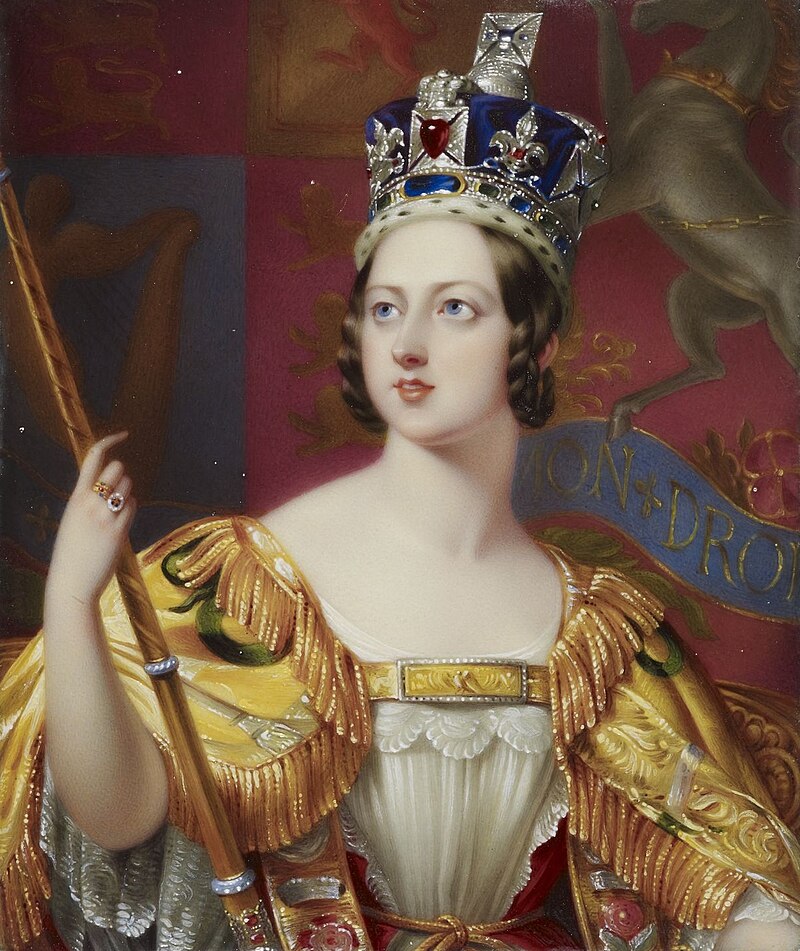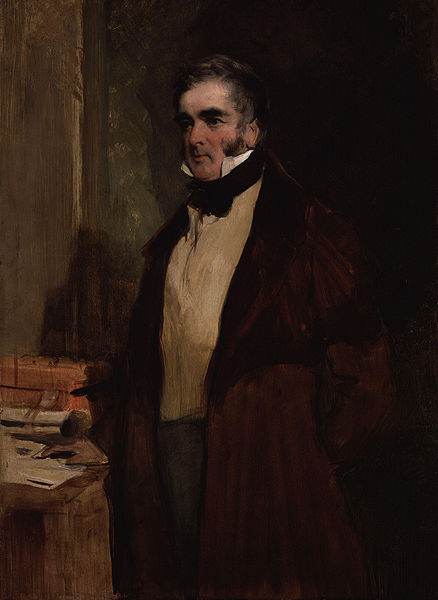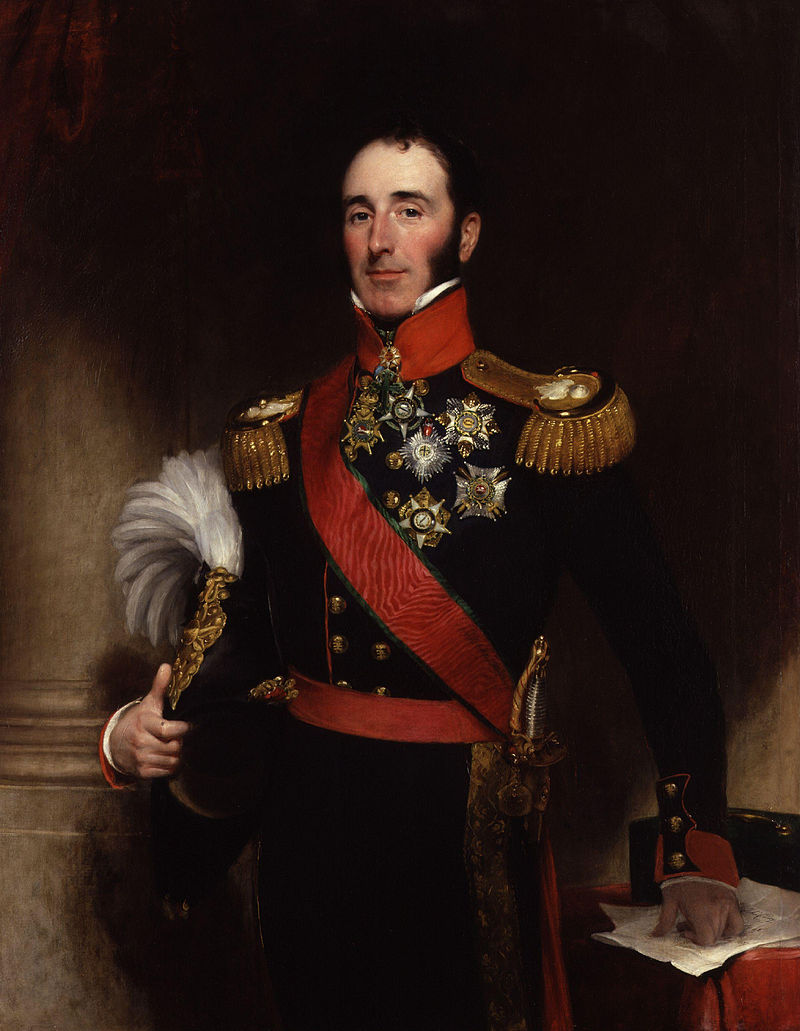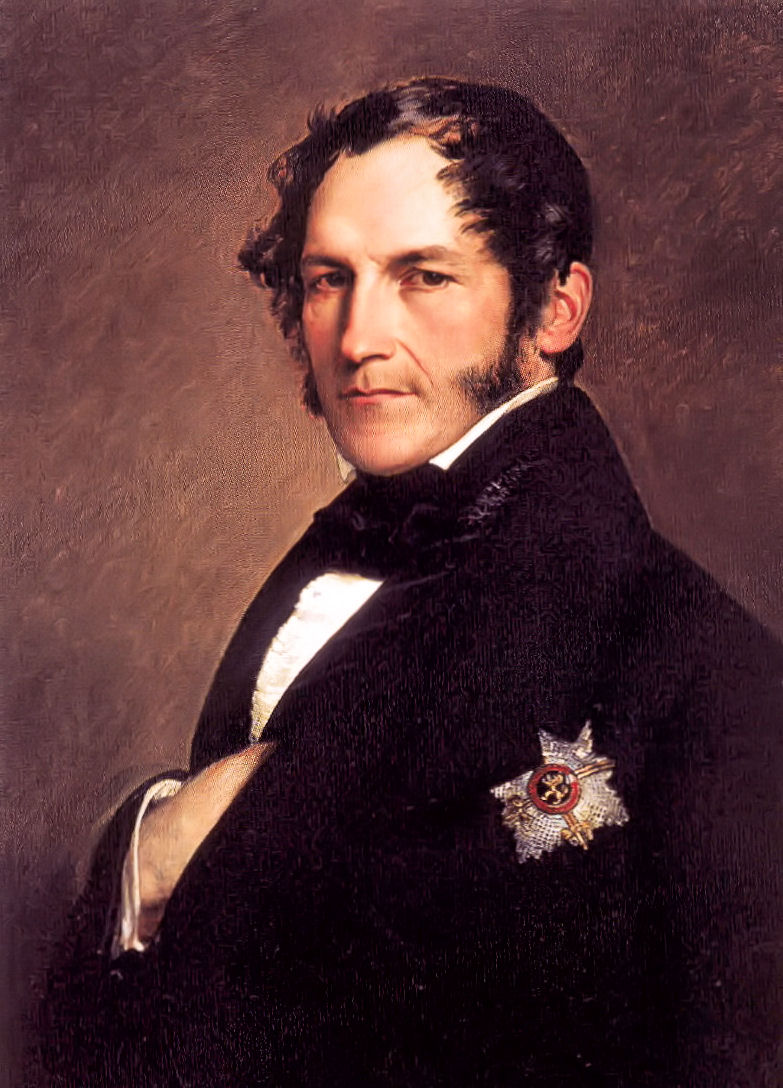by Susan Flantzer © Unofficial Royalty 2017

Edmund Crouchback, 1st Earl of Lancaster and Leicester; Credit – Wikipedia
Edmund was the second of the two sons and the fourth of the five children of King Henry III of England and Eleanor of Provence. He was born at the Palace of Westminster in London, England on January 16, 1245. King Henry III named him after his favorite saint, Edmund the Martyr, King of East Anglia who was killed in 869 by Vikings on the orders of Ivar the Boneless and his brother Ubba. A couple of 14th-century chroniclers misinterpreted “Crouchback” as meaning Edmund had a physical deformity, however, it is probable that “Crouchback” refers to his participation in the Ninth Crusades when he would have worn a cross on his back. Edmund was brought up at Windsor Castle with his siblings under the care of Aymon Thurbert, Constable of Windsor Castle.
Edmund had one brother and three sisters:
- King Edward I of England (1239 – 1307), married (1) Eleanor of Castile, had issue including his heir Edward II (2) Margaret of France, had issue
- Margaret, Queen of Scots (1240 – 1275), married Alexander III, King of Scots, had issue
- Beatrice, Countess of Richmond (1242 – 1275), married John II, Duke of Brittany, had issue
- Katherine of England (1253 – 1257), died in childhood

Henry III (top) & his children, (l to r) Edward, Margaret, Beatrice, Edmund, and Katherine; Credit – Wikipedia
In 1255, ten-year-old Edmund was invested King of Sicily with the consent of Pope Innocent IV. In return, his father King Henry III agreed to pay the papacy a large sum and to fight a war to remove the current King of Sicily. The English barons refused to contribute to what they called the “Sicilian business.” Ultimately Henry was unable to fulfill his financial and military commitments and the grant of the kingdom to Edmund was revoked.
The English barons had many reasons to be displeased with King Henry III and ultimately their displeasure resulted in a civil war, the Second Barons’ War (1264–1267). The leader of the forces against King Henry III was led by his brother-in-law Simon de Montfort, 6th Earl of Leicester, who was married to Henry’s sister Eleanor, and who wanted to reassert the Magna Carta and force the king to surrender more power to the baron’s council. During these years, Edmund traveled with his mother back and forth to France gathering mercenaries and money for his father’s struggles with the barons. After de Monfort was killed at the Battle of Evesham in 1265, Edmund was granted all the lands that de Monfort had held and was created Earl of Leicester. In 1267, Edmund received further grants of castles and was created Earl of Lancaster.
On April 8, 1269, Edmund married Aveline de Forz, Countess of Aumale and Lady of Holderness, the daughter of William de Forz, 4th Earl of Albemarle and Isabella de Fortibus, Countess of Devon. Edmund’s mother Eleanor of Provence had arranged the marriage to the great heiress with the bride’s mother and maternal grandmother Amice de Clare, daughter of Gilbert de Clare, 4th Earl of Hertford and Isabel Marshal. Edmund and Aveline were the first royal couple to be married in the rebuilt Westminster Abbey. Edmund’s father King Henry III had begun to rebuild the old Abbey of St Edward the Confessor in 1245. Because Aveline was only ten years old, the marriage was not consummated for four years. Aveline died at the age of 15, possibly in childbirth or shortly after a miscarriage, and was buried at Westminster Abbey. Through Aveline, Edmund had hoped to gain the earldoms of Devon and Aumdale as well as the lordships of Holderness and the Isle of Wight. However, with Aveline’s death, her lands reverted to the crown, preventing Edmund from inheriting them.
Two years later, on February 3, 1276, Edmund married Blanche of Artois, widow of King Henri I of Navarre and daughter of Robert I, Count of Artois and Matilda of Brabant. The marriage was arranged by Edmund’s maternal aunt Margaret of Provence, the widow of King Louis IX of France, who wanted to arrange for her nephew to marry a wealthy second wife.

Seal of Blanche of Artois; Credit – Wikipedia
Edmund and Blanche had three children:
- Thomas, 2nd Earl of Lancaster (1278 – 1322), executed, married Alice de Lacy, no issue
- Henry, 3rd Earl of Lancaster (1281 – 1345), married Maud Charworth, had issue including Henry of Grosmont, 1st Duke of Lancaster whose daughter Blanche of Lancaster married King Edward III’s son John of Gaunt; they were the parents of King Henry IV
- John of Lancaster (before 1286 – circa 1317), married Alix de Joinville, no issue
Edmund was a loyal supporter of his brother King Edward I of England who succeeded to the throne in 1272. In 1271, Edmund accompanied his elder brother Edward on the Ninth Crusade to Palestine. In 1277, Edmund was appointed commander of Wales. On December 11, 1282, Edmund ambushed and executed Llewellyn ap Gruffydd, Prince of Gwynedd, the last native and sovereign Prince of Wales. This led to the final defeat and annexation of Wales in 1283.

Miniature of an Earl of Lancaster (possibly Edmund Crouchback) with St. George from a medieval manuscript in the Bodleian Library at Oxford; Credit – Wikipedia
Edmund spent the rest of his life in England and France, where he frequently acted as a diplomat for his brother. At the time of his death, Edmund, as the Lieutenant of Aquitaine, was conducting a siege of Bordeaux, the capital of Aquitaine, which the French had occupied. He fell ill during the siege and died on June 5, 1296, at the age of 51. Edmund had declared that he would not be buried until his debts were paid. His body was embalmed at a Franciscan abbey in Bayonne (now in France) and was not brought back to England until early 1297. Edmund’s remains were kept in a Franciscan convent in London until March 24, 1301, when he was buried in the presence of his brother King Edward I at Westminster Abbey in Edward the Confessor’s Chapel where his magnificent tomb may still be seen.

Drawing of Edmund’s tomb from Sepulchral Monuments in Great Britain by Richard Gough, 1786; Credit – Wikipedia
This article is the intellectual property of Unofficial Royalty and is NOT TO BE COPIED, EDITED, OR POSTED IN ANY FORM ON ANOTHER WEBSITE under any circumstances. It is permissible to use a link that directs to Unofficial Royalty.
Works Cited
Abrufstatistik. “Edmund Crouchback, 1. Earl of Lancaster.” Wikipedia. N.p.: Wikimedia Foundation, 12 Apr. 2016. Web. 26 Dec. 2016.
“Edmund Crouchback.” Wikipedia. N.p.: Wikimedia Foundation, 26 Nov. 2016. Web. 26 Dec. 2016.
Levy, Imogen, and Duck Soup. Edmund, Earl of Lancaster and Aveline de Forz. 1 Jan. 2014. Web. 26 Dec. 2016.
Williamson, David. Brewer’s British Royalty. London: Cassell, 1996. Print.
















